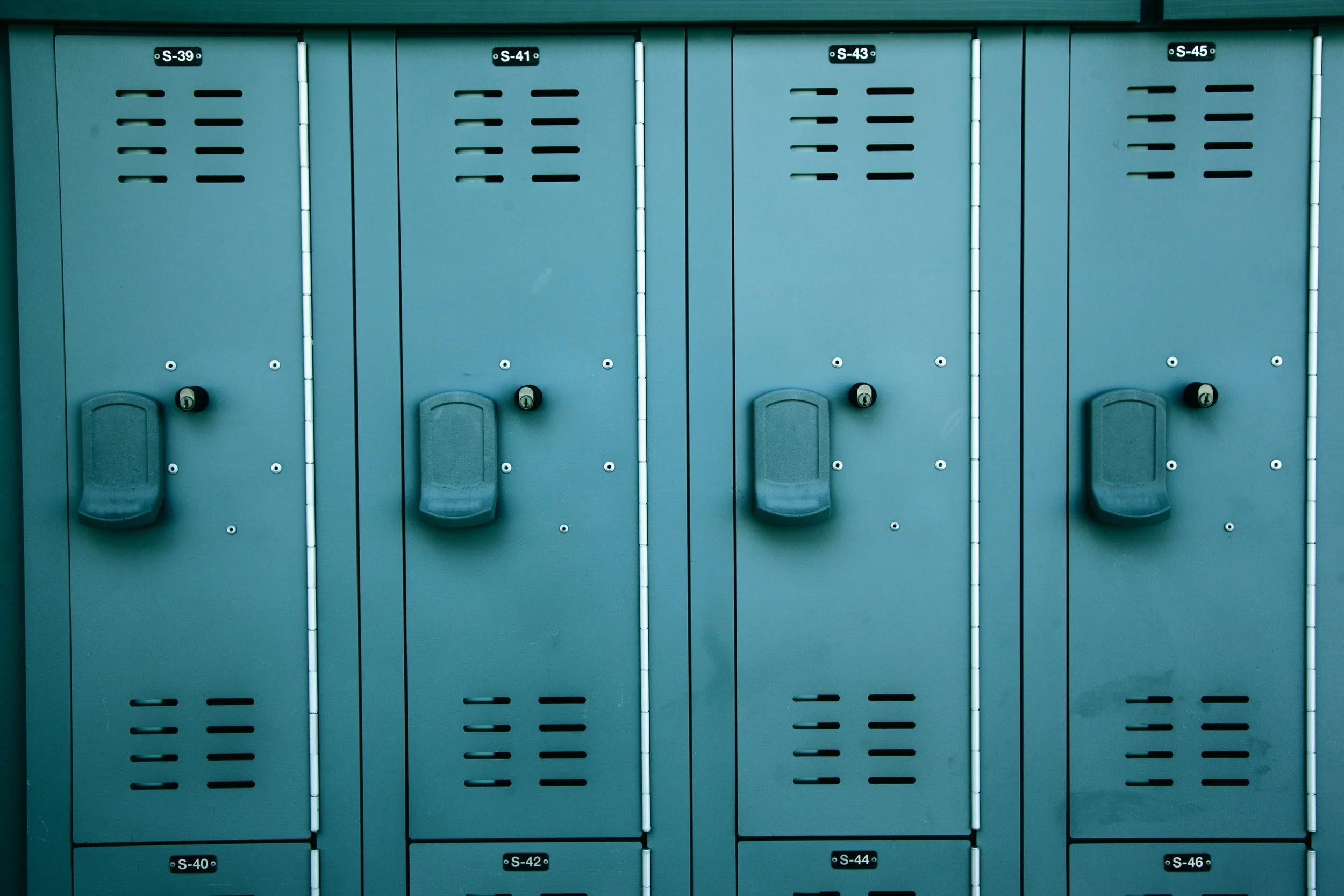The Other Death Toll
Maybe this got by you: in 2020, between March 16th and December 31st, 18 students in Nevada’s Clark County school district took their lives. The youngest was nine.
“My son died of COVID-19,” reads the title of one parent’s YouTube about his 12-year-old son’s suicide. “But not in the way you think.”
Why does the death toll of COVID-infected people, rather than the death toll of COVID-imposed isolation, continue to dictate public health policy? The reporting is out there: Anxiety, depression, substance abuse, addiction, domestic violence, and suicide have all skyrocketed since the first lock-downs in March 2020, afflicting all age groups. But while isolated adults entertain suicidal thoughts (roughly 1 in 10 reported doing so in late June 2020, up from 1 in 25 in 2018, according to the CDC), it is disproportionately our isolated young people who act on them. Among high school students, CDC Director Robert Redfield told audiences in mid-July 2020, “we’re seeing, sadly, far greater suicides now than we are deaths from COVID.”
I’m appalled that 400,000 Americans have died from the virus or its complications. I’m even more distressed, however, by the untold millions whose lives have been shattered or stunted by our response to the virus—particularly the decision to close down our classrooms, despite evidence showing students to be exponentially less vulnerable than older populations. The average age of Americans who succumb to COVID appears to be around 78, or about the same as normal life expectancy. How do we justify robbing an entire generation of its future when by closing our schools we have saved, statistically speaking, not one older person’s life?
I get that we had to flatten the curve. I get that we had to shut down our economy to keep our hospitals from being catastrophically overwhelmed, and our society from descending into panic and chaos. I get that, for most of 2021, we will need to stay vigilant in our mask-wearing and social distancing, especially with the vaccine roll-out so unconscionably delayed.
But as I sit here in my office chair fending off spasms of restlessness, anxiety, and despair, I think of Americans who are far less equipped than I to manage this chronic mental agita. I think of those kids in Nevada. I think of their parents. I think of the thousands like them—kids and parents alike—who cannot see a future they wish to inhabit. I can’t bear having my safety, and my decidedly limited future, be purchased at their expense. Their vulnerability is the one our policy makers should prioritize. Their lives matter, arguably more than their grandparents’ lives. And their deaths shouldn’t be the only way to wake us up to the truly insupportable costs of this pandemic.



